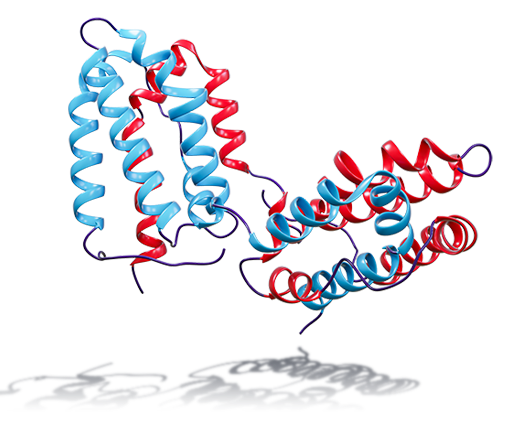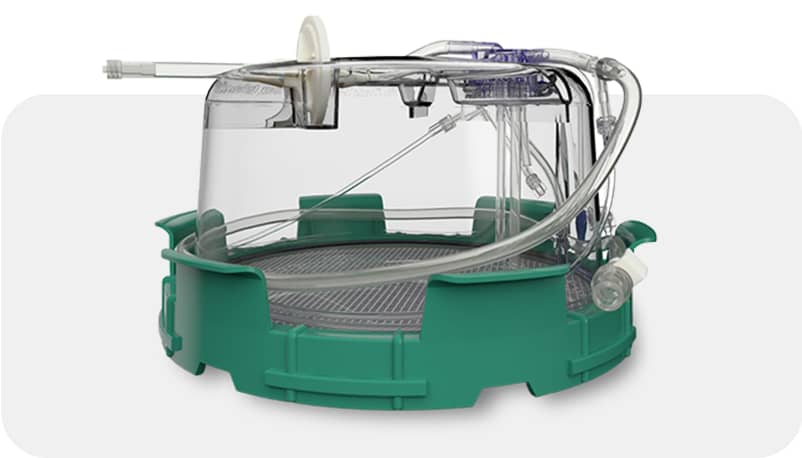The rapid progress in immune cell therapies, such as CAR-T and other adoptive cell transfer approaches, is transforming the treatment landscape for oncology and beyond. However, the complex nature of these living cellular products brings a unique set of challenges, particularly around analytics during development and manufacturing. Understanding what and how to measure Critical Quality Attributes (CQAs) of your therapeutic product can be a limiting factor in its progression and approval.
We recently brought together a panel of industry leaders to share their insights on strategies for overcoming obstacles in immune cell therapy analysis, and their view on the current state of the field more generally. Here’s an overview of the discussion highlights, but first, a quick introduction to the panel:
Aligning Analytics with Mechanism of Action
One of the central themes that emerged was the importance of designing analytical methods that can effectively evaluate a therapy's mechanism of action, rather than simply measuring generic quality attributes. As Juan noted, "the complexity comes down to how diverse cells are and how they can influence multiple mechanisms of action for them to actually work."
Identifying which critical quality attributes to focus on remains a significant challenge, given the depth and complexity of immune cell behavior and function. Gaining a deeper understanding of the analytical tools available and how they correlate with clinical outcomes is fundamental to improving predictive capabilities for future studies.

Addressing Analytical Assay Limitations
The discussion also delved into specific analytical methods that may warrant reevaluation, particularly around host cell protein (HCP) assays. There was agreement around the limitations of traditional single-analyte ELISA approaches, with Andrew and Mitch advocating for more comprehensive, multiplexed platforms that can measure a broader range of proteins.
"It's my pet peeve here that we run a wholesale protein assay for an ELISA and it's the first time I've run this particular assay," Andrew shared. "They seem to look at multiple proteins at one time so I found that a little different, so I would suggest reevaluating that and using a multiplex system to improve accuracy."
Beyond the assay technology itself, the panelists emphasized the critical importance of thorough documentation, peer review, and robust system suitability criteria to ensure the transferability and reliability of analytical methods.
Balancing Immune Cell Therapy Process Development and Analytics
Closely intertwined with the analytical challenges are the constraints of time and resources that companies face during the development of immune cell therapies. There is a constant pressure to get as many manufacturing runs completed as possible, while simultaneously exploring process improvements and changes.
This delicate balance between process development and analytics was a recurring theme. Mitch described his start-up approach, which turned out to be similar to the experiences in larger companies, "we kind of separate into these teams where one is just running the process and then one is making small changes and bring all of that data together."

Incorporating Automation and Closed Systems
The discussion eventually turned to automation and its role in alleviating some of these analytical and manufacturing challenges. An opportunity for a quick win was to automate cell expansion processes, using platforms like the G-Rex® system, which leads to a reduction in manual touchpoints and, therefore, variability.
However, the implementation of fully closed systems remains a hurdle, as the desire for detailed process understanding often conflicts with the constraints of closed equipment. Having an open system earlier on is beneficial in the sense that it allows for more flexibility, and learnings about your process, i.e., which parameters are important to provide a product that has certain biological characteristics.
Juan described his approach, “A manufacturing process that would enable transition to a closed system is the best scenario and we use the G-Rex which enables that transition because it's the same protocol, same number of cells per cm2, same volume of media and so on. It's basically the same protocol and the only thing you're doing is transitioning to a vessel that has the port to now use everything as a closed system.”
Then there’s the capital expenditure. Automation and closed systems come with significant costs, and you really need to know whether a given process is going to lead to an effective therapy before the committing to the level of investment needed to close your system.
There was also a strong consensus that when advancing towards clinical studies, it’s desirable to incorporate a closed system. The goal is to have a closed system in place before starting pivotal studies.

Current and Future Innovation of Immune Cell Therapies
Looking to the future, the panel engaged in a thought-provoking discussion about the emergence of non-viral gene editing technologies and where the field is heading, especially after the groundbreaking approval of the first CRISPR-based therapy for sickle cell disease. The panel predicted a new trajectory for the field; moving beyond blood cancers, and into solid tumors or other immunotherapy applications with the help of non-viral approaches and that offer ability to carry more genetic cargo than viral vectors.
While transposon platforms like TcBuster™, Piggybac and Sleeping Beauty offer potential advantages in terms of payload capacity and circumventing viral vector limitations, the path to regulatory acceptance and demonstrating comparability to established viral approaches remain a challenge.
"Having an alternative [to viral vectors] will be highly advantageous, but it will take some time. I think that the comparability will have to be demonstrated and it will come down to the comparability or performance in the clinical setting but there are definitely multiple advantages at a technical level," Juan explained.
As the field of immune cell therapy continues to evolve, the insights shared by these industry leaders underscore the critical importance of optimizing analytical capabilities to support the development and manufacturing of these transformative treatments. By addressing the limitations of current methods, embracing automation, and navigating the regulatory landscape, we can unlock the full potential of these living cellular products and deliver on the promise of personalized cancer care and beyond.
To hear the full panel discussion, watch Industry Insights: Navigating Challenges in Immune Cell Therapy Analysis, now available on-demand.



